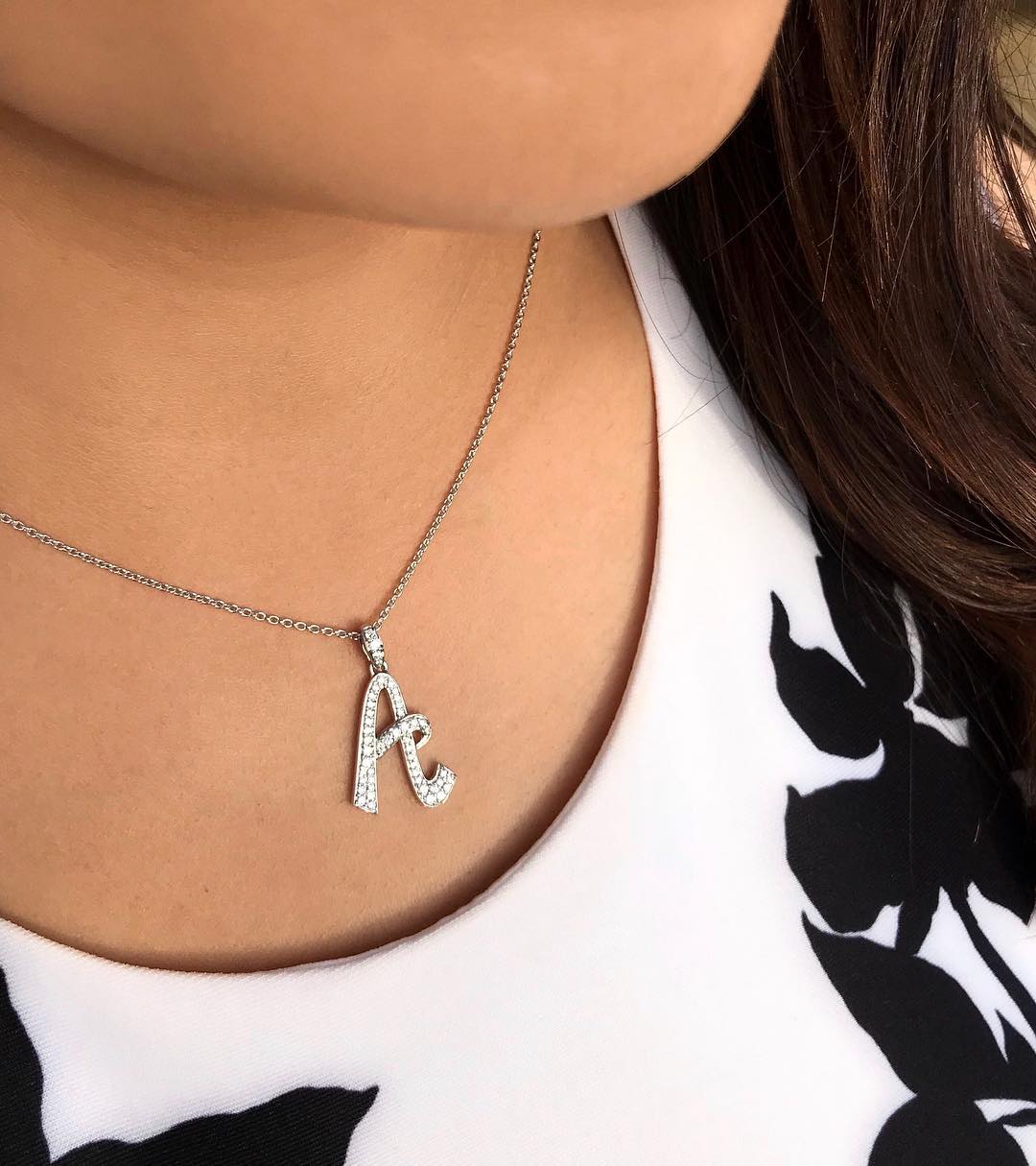The Intersection of Cultures and Lab Diamonds
Cultures and lab diamonds intersect in intriguing ways, reflecting more extensive changes in societal qualities and practices. Lab-grown diamonds, created through cutting edge technological cycles, are becoming increasingly famous across different cultures. Unlike traditional mined diamonds, which are often associated with conflict and environmental worries, lab diamonds offer a more ethical and sustainable option. This shift is particularly notable in cultures where ethical considerations and environmental impact assume a significant part in purchasing decisions.
The Social Significance of Lab Diamonds
The integration of cultures and lab diamonds has prompted a reevaluation of their social significance. In many cultures, diamonds symbolize riches, influence, and enduring adoration. Lab diamonds are currently being embraced for these equivalent qualities, with the additional benefit of their ethical production. For instance, in current Western weddings, lab-grown diamonds are becoming a famous choice for engagement rings, symbolizing both commitment and a conscientious choice. Similarly, in various Asian cultures, where gemstone purity and origin are highly esteemed, lab diamonds are being recognized for their impeccable quality and ethical benefits.
Lab Diamonds and Traditional Practices
Cultures and lab diamonds additionally become possibly the most important factor while considering traditional practices and ceremonies. In certain cultures, the utilization of diamonds is profoundly ingrained in rituals and celebrations. The introduction of lab-grown diamonds is prompting a rethinking of these traditions. For instance, in India, where diamonds are an integral piece of wedding ceremonies, the acknowledgment of lab diamonds is growing as individuals look for alternatives that align with present day values while still honoring traditional practices. This mix of old and new exhibits how lab diamonds are integrating into social practices without compromising their significance.
Economic Impact of Lab Diamonds on Different Cultures
The economic implications of cultures and lab diamonds are likewise noteworthy. As man made diamonds become more accessible, they are influencing economic patterns in various social settings. In developing regions, where traditional diamond mining can have significant social and environmental impacts, lab diamonds offer a more sustainable economic alternative. This shift is creating new opportunities for nearby artisans and businesses to thrive while aligning with worldwide patterns toward sustainability and ethical practices.
Ethical Considerations in Cultures and Lab Diamonds
Ethical considerations are a central point in the relationship among cultures and lab diamonds. Many cultures are increasingly prioritizing ethical sourcing and environmental sustainability, which lab-grown diamonds normally align with. The ability to follow the origins of lab diamonds and their environmentally friendly production process addresses growing worries about the impact of traditional diamond mining. This alignment with ethical qualities is driving the acknowledgment and promotion of lab diamonds across various cultures.
The Future of Cultures and Lab Diamonds
Looking forward, the interaction among cultures and lab diamonds promises to advance further. As lab-grown diamonds become more established on the lookout, their job in social practices and traditions will likely continue to develop. Future advancements in diamond innovation and social attitudes will shape how lab diamonds are perceived and utilized. The ongoing fusion of social qualities with innovative diamond technologies is setting the stage for another time in the adornments industry, where tradition and modernity coexist harmoniously.
Conclusion
The relationship among cultures and lab diamonds highlights a significant shift in the gems world. Lab-grown diamonds are not just offering a more ethical and sustainable option but on the other hand are integrating consistently into various social settings and practices. As this pattern continues, we can anticipate further innovation and acknowledgment of lab diamonds, reflecting a more extensive commitment to sustainability and ethical responsibility across cultures. This evolving dynamic is a demonstration of how present day innovation and traditional qualities can meet up to make a more conscious and inclusive future for diamonds.
















